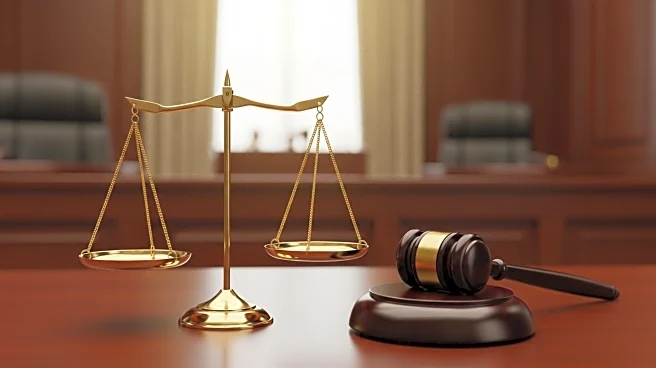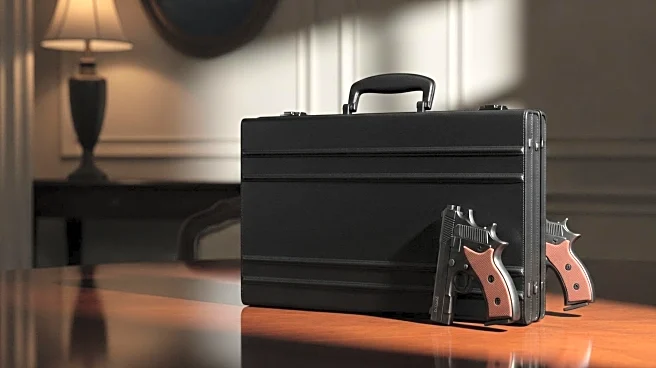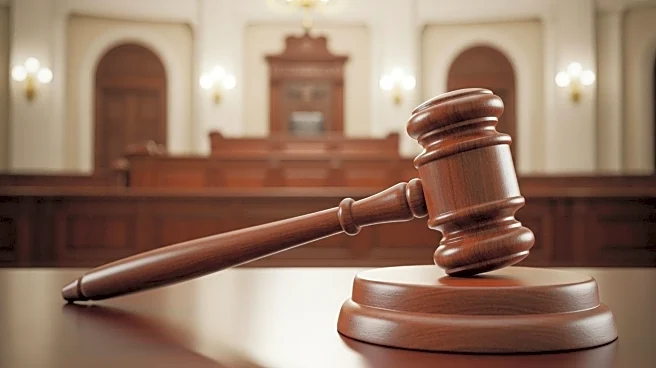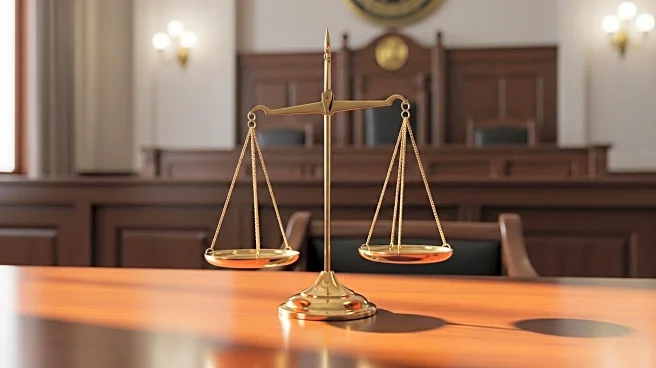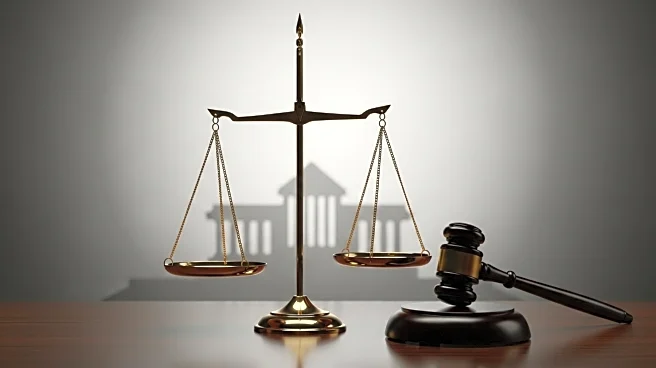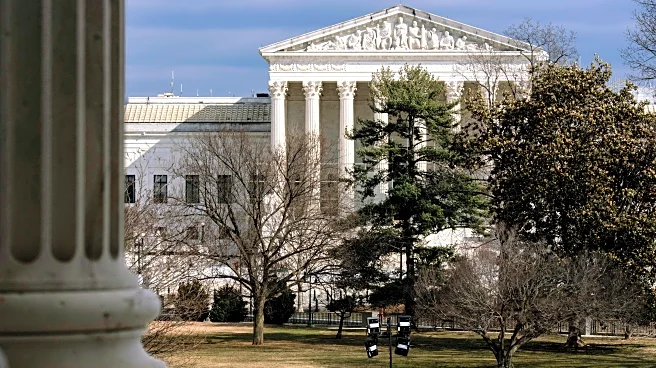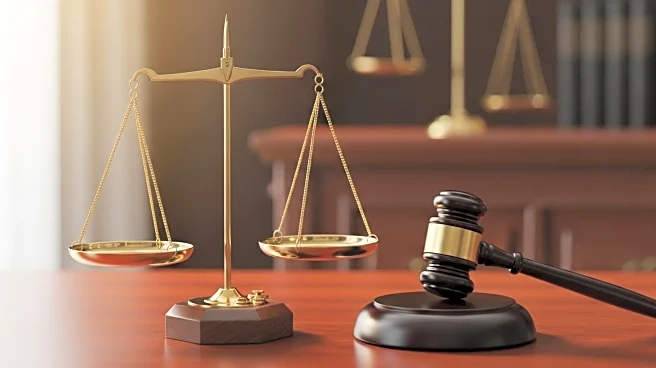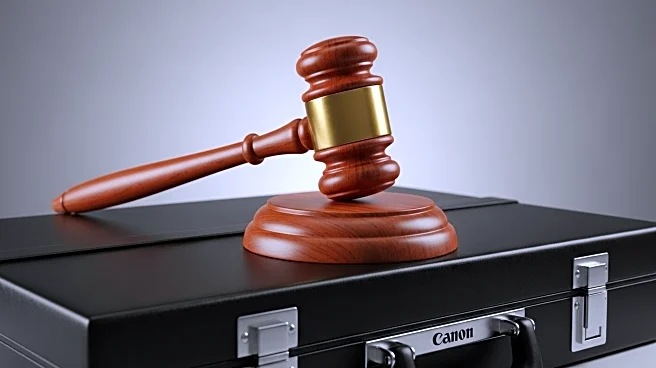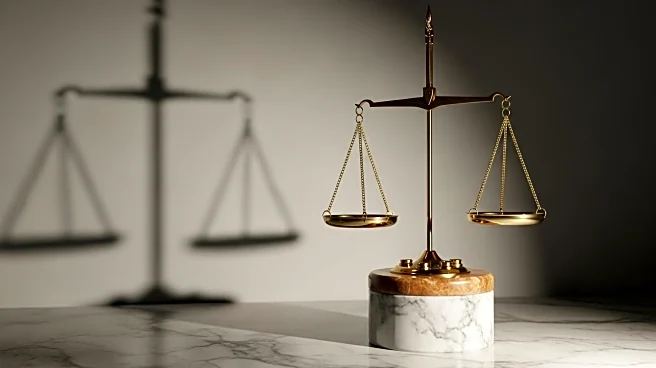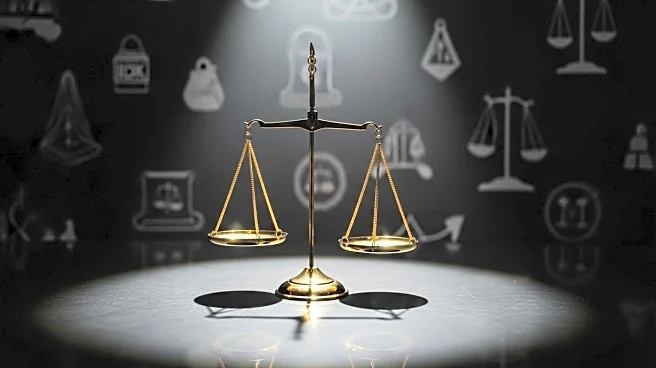What is the story about?
What's Happening?
The Supreme Court has agreed to review a case challenging Hawaii's strict regulation on carrying firearms on private property. The law, which bans guns unless explicitly allowed by property owners, is being contested for potentially violating the Second Amendment. The case follows a landmark 2022 ruling that expanded gun rights, prompting Hawaii to adjust its concealed-carry permit regulations. The 9th U.S. Circuit Court of Appeals previously upheld the law, but gun rights advocates argue it imposes a near-complete ban on public carry. The Supreme Court's decision could impact similar laws in other states.
Why It's Important?
The outcome of this case could significantly affect gun regulations across the U.S., particularly in states with similar laws. A ruling against Hawaii's law might lead to increased public carry rights, altering the balance between gun rights and public safety. Businesses and property owners may face new challenges in managing firearms on their premises. The decision will also reflect the Supreme Court's stance on interpreting modern gun laws within historical contexts, influencing future legal battles over gun control measures.
What's Next?
If the Supreme Court overturns Hawaii's law, states with similar regulations may need to revise their policies. Businesses could see changes in liability and security protocols regarding firearms. The ruling might also prompt legislative action to address public safety concerns while respecting gun rights. Stakeholders, including gun rights groups and public safety advocates, will likely respond with campaigns and lobbying efforts to influence subsequent legal and policy developments.
Beyond the Headlines
The case highlights ongoing debates over the balance between individual rights and community safety. It raises questions about the historical interpretation of the Second Amendment and its application in contemporary society. The decision could set a precedent for how courts evaluate gun laws, potentially leading to broader legal shifts in the regulation of firearms.
AI Generated Content
Do you find this article useful?
